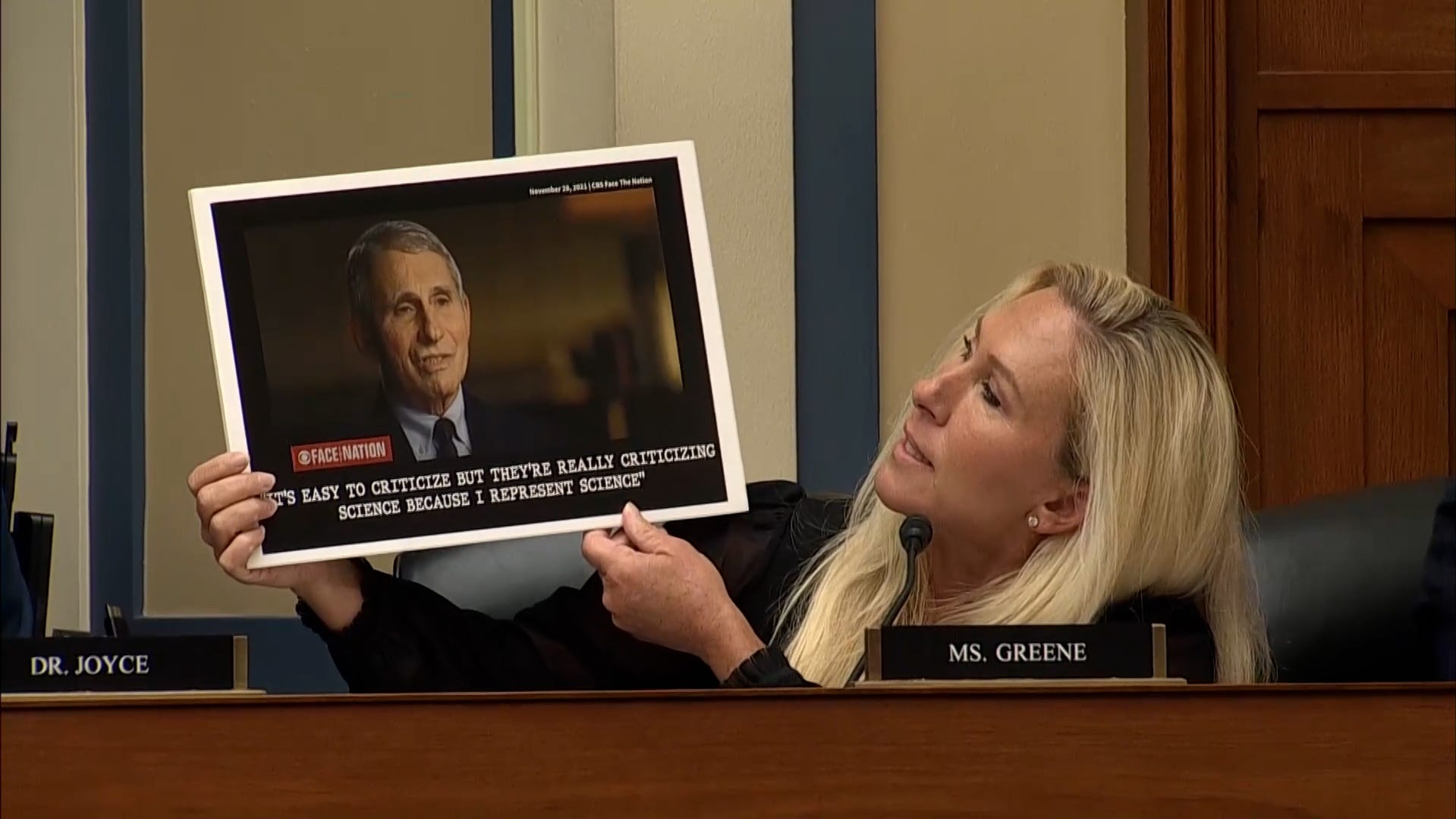
Astronaut Butch Wilmore can’t forget the time he landed on permafrost. It was 2015, and Wilmore was returning to Earth in a Russian Soyuz spacecraft after spending 167 days aboard the International Space Station (ISS). The landing was on solid ground in Dzhezkazgan, Kazakhstan, but braking rockets at the bottom of the Soyuz—which was descending by parachute—should have cushioned the impact in the instant before it hit the ground. There was, however, the additional matter of ice covering the soil in the cold Kazakh November.
[time-brightcove not-tgx=”true”]
“It’s the hardest thing I’ve ever experienced on landing,” Wilmore says. “I didn’t get the breath knocked out of me, but I was still shocked.”
Wilmore expects a gentler go of things next week, when he and his crewmate, astronaut Suni Williams, return to Earth after flying the maiden mission of Boeing’s new Starliner spacecraft. Starliner took off this morning from the Cape Canaveral Space Force Station in Florida, at 10:53 a.m., EDT, carrying Wilmore, the commander, and Williams, the pilot, aloft for an eight-day visit to the ISS. It is only the sixth time in NASA’s history that it has launched a new crewed spacecraft—after the Mercury, Gemini, Apollo, shuttles, and Dragon. It is also the first time an American spacecraft descending by parachute will touch down on land instead of in the ocean, eliminating the need for recovery vessels to scramble to the splashdown site. To cushion the impact, the Starliner is equipped with inflatable airbags that Wilmore and Williams call their “marshmallows.”
“We descend at 21 to 27 feet per second, and the airbags push that down to feeling about nine to 15 feet per second,” Wilmore says. “So we’ll let you know how it goes.”
A new ship with a long history
There are a lot of unknowns involving Starliner. The troubled ship has been in development for a decade—even longer than the space shuttle, which was announced in January 1972 and did not fly until April 1981. NASA first tasked SpaceX and Boeing in 2014 with the job of building commercial crew vehicles that could carry astronauts to and from the ISS, freeing the U.S. from its dependency on the Russians, who were charging in excess of $90 million a seat for rides aboard their Soyuz. NASA awarded Boeing $4.2 billion for the work and SpaceX $2.6 billion, targeting 2017 as the year the ships would begin to fly. Neither company came close.
SpaceX did not launch a crew to the ISS until 2020, and as for Boeing, well, until this week, the clock was still ticking. An only partly successful uncrewed test flight in 2019 saw the ship get to space but fail to dock with the ISS. It wasn’t until 2022 that the company launched a successful uncrewed test mission. The current much-delayed launch comes as Boeing faces serial woes on its commercial aircraft side, after two crashes of its 737 line—one in 2018 and one in 2019—claimed 346 lives; a door blew off a 737 Max jet during flight in January 2024; the 737 failed multiple Federal Aviation Administration (FAA) audits in the wake of the incident; and two whistleblowers who had come out against the company regarding production and safety issues suddenly died—one on May 2, of a severe infection, and the other, in March, of an apparently self-inflicted gunshot wound. The company has not been implicated in the deaths. All of that has both NASA and Boeing’s space division working hard to keep the focus on the Starliner launch, especially on the imperative of bringing Wilmore and Williams home safely.

“The first crewed flight of a new spacecraft is an absolutely critical milestone,” said NASA’s associate administrator Jim Free at an April 25 press conference. “The lives of our crew members…are at stake. We don’t take that lightly at all. The most important thing we can do is protect those two people, as well as our crew currently on board the space station.”
Asked by one reporter how important it is for Boeing to “score a win” with the Starliner flight, Mark Nappi, vice president and manager of the Boeing Commercial Crew Program, deflected back to safety.
“We have humans flying on this vehicle,” he said. “We always take that so seriously…we signed up to do this, and we’re going to do it and be successful at it.”
The astronauts themselves, who spoke to TIME remotely from pre-flight quarantine on May 1 in the days before an earlier planned launch was scrubbed for technical reasons, profess confidence in their craft, while at the same time acknowledging that it and Boeing as a whole face challenges.
“We’ve been laser-focused on Starliner,” says Williams. “This is the only thing that we’re really concentrating on. I think it’s not a secret to say that the spacecraft was delayed a little bit. We’ve added some areas that we thought really needed improvement…we wanted to make sure that they got done, and the response was good.”
Adds Wilmore: “I went to test pilot’s school in 1992, and [I’ve] been doing tests for a long time. Boeing is a very highly visible company. When you’re taking people and you’re flying them in the atmosphere and then out of the atmosphere, that’s more highly visible, so you’re going to get more press on that type of thing.”
Whether the spacecraft, now that it’s aloft, will garner better press than the company that built it is impossible to know at the moment. But the stakes for Boeing—to say nothing of Wilmore and Williams—could not be higher.
Stumbling out of the gate
The blunder that doomed Starliner’s 2019 mission was an embarrassing one for both NASA and Boeing. The ship had problems with its mission clock when it reached space, meaning that it didn’t know what its altitude was and burned too much fuel trying to get oriented, preventing it from being able to climb to the station’s 250-mile orbit. In a press statement, NASA called the orbit “off-nominal”—space-speak for “no good.” The Starliner landed safely two days later in New Mexico, but a NASA investigation enumerated 80 “corrective actions”—to software, hardware, testing protocols, peer reviews, and more—that would have to be made for Starliner to be determined fit for flight.
In May 2022, an uncrewed Starliner did complete a mission to the station. After two more years of crew-training and spacecraft certification, not to mention delays caused by the simple business of trying to schedule multiple spacecraft competing for the station’s limited docking ports—the crewed Russian Soyuz, the crewed SpaceX Dragon, and uncrewed cargo vehicles from Russia, SpaceX, and Northrop Grumman—Starliner at last got its runway slot.
But Boeing has a lot of catching up to do before it comes anywhere near what SpaceX has accomplished in the decade since the two companies won their commercial crew contracts. Between transporting cargo and astronauts, SpaceX has made 42 visits to the ISS. While Boeing was never contracted for uncrewed cargo runs to the station, SpaceX’s demonstrated ability to fly up and down reliably has made it a national and global leader in commercial launch services. At the April 25 press conference, Nappi would not even guarantee that Boeing would remain in the commercial crew game after the company’s six contracted flights to the station are completed by the end of the decade.
“We’ve got plenty of time to think about what’s after that,” he said. “And we will do that.”
Williams and Wilmore are not remotely thinking so far down the line. Their nominal mission will last for a brief eight days aboard the station, most of which time they’ll spend checking out the Starliner and ensuring it will be fit to fly future crews for much longer stays. Merely reaching and docking with the station will serve to prove that the spacecraft’s guidance and navigation systems work. But there’s a lot more to approving a new spacecraft than just determining it can get where it’s going.
The two astronauts will be running tests on Starliner’s solar arrays, communications, on-board computers, power systems, and more. They will also check the simple matter of how airtight the ship is once it’s docked to the station. That’s important not just to prevent air leaks, but to establish that the spacecraft can serve as a shelter-in-place haven in the event of an emergency like a sudden depressurization of the station, a fire, or a toxic ammonia leak from the coolant system used in the ISS’s American modules.
“In case of any of those classic emergencies,” says Williams, “our lifeboat is our spacecraft.”
Some of the station’s other seven crew members will also lend a hand, climbing into the Starliner with Williams and Wilmore and determining if the ship can comfortably accommodate the four-person crews who will be flying it on future missions. In return, Williams and Wilmore are prepared to help out on space station experiments and maintenance chores—especially if their mission is extended. Technical anomalies aboard the spacecraft or high winds in the various desert Southwest landing spots in which the spacecraft can thump down could delay the crew’s return by a month or more. Williams and Wilmore, who have both served on long-duration station rotations previously, are hoping that this one will be a short one. The Starliner is a reusable spacecraft, and if the one they’re flying holds up well, it will be used on future missions.
“We want to go and get back as quickly as possible so they can turn our spacecraft around and also take all those lessons learned and incorporate them into the next Starliner,” says Williams.
What comes next
Assuming this mission succeeds, at least a few of those next Starliners are all but certain to fly. Beyond 2030, NASA, for one, is hoping Starliner continues in service. It’s not for nothing that the space agency chose two companies rather than just one to build its low-Earth orbit spacecraft. That provides what NASA calls “dissimilar redundancy,” something that will prevent the country from being grounded if one of the launch providers has an accident or goes out of service for any period—the way the U.S. was stuck on Earth after both the shuttle Columbia and Challenger disasters and in the nine years after the shuttles were retired in 2011.
As for the bruised Boeing brand, the current mission will establish if at least some recovery is possible. Both the company and NASA stress that Boeing was the prime contractor on the station itself, and, along with building Starliner, that is no small thing. The ISS, said Emily Nelson, NASA’s chief flight director, at the press conference, “is the longest continuously operational spacecraft in human history. So we’re excited to bring the two together.”
Wilmore and Williams, meanwhile, are excited to make a different kind of history. As the first crew to fly a new spacecraft, they earn a spot in the NASA firmament, along with giants like Alan Shepard, the first man to fly a Mercury spacecraft; Gus Grissom, the first commander of a Gemini spacecraft; Wally Schirra, who piloted the inaugural Apollo; and John Young, commander of the first shuttle.
“It’s very humbling,” says Wilmore. “You pinch yourself because we never dreamed we’d be here. We’re just grateful for the opportunity, and that’s why we’re focused on mission, mission, mission.”









